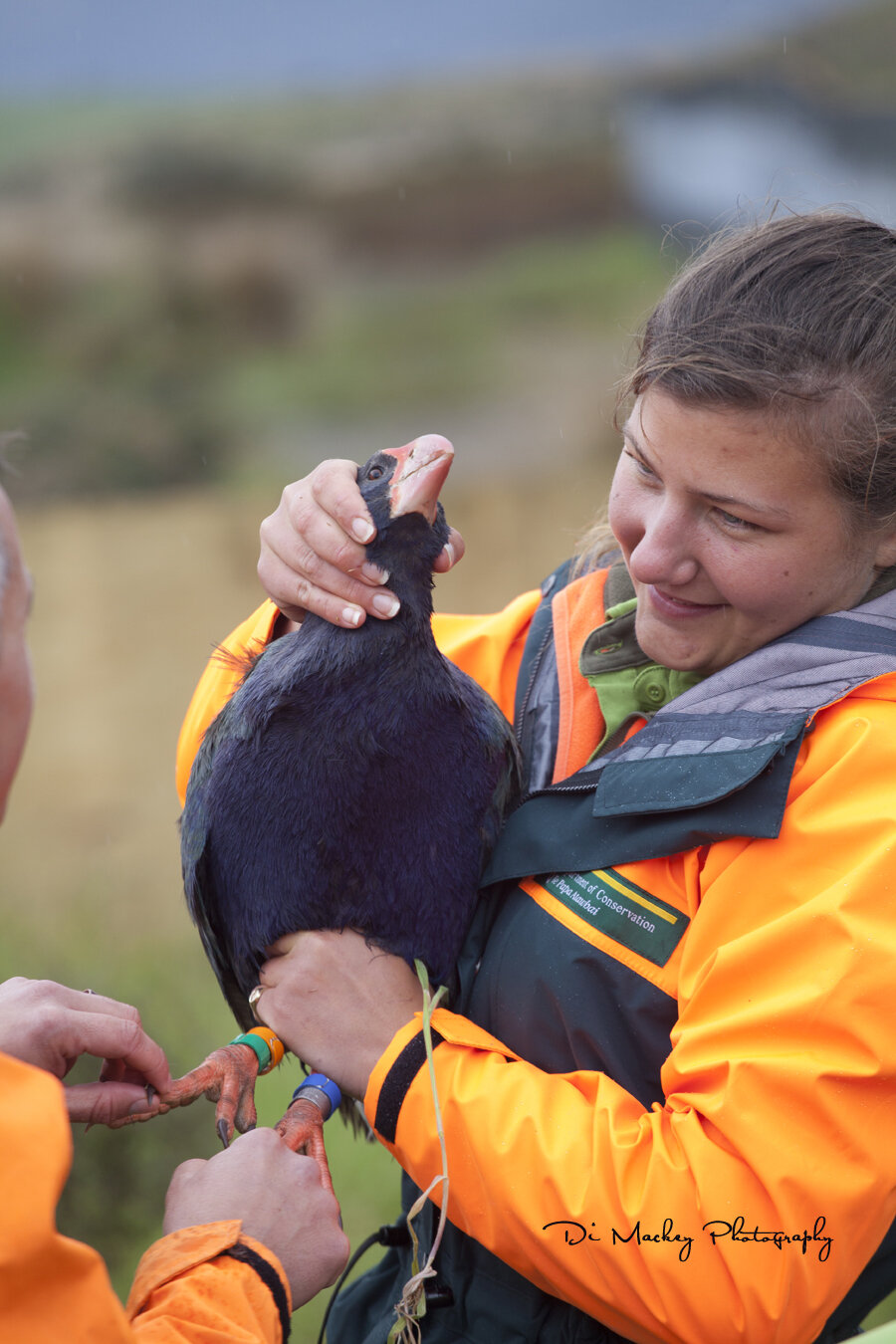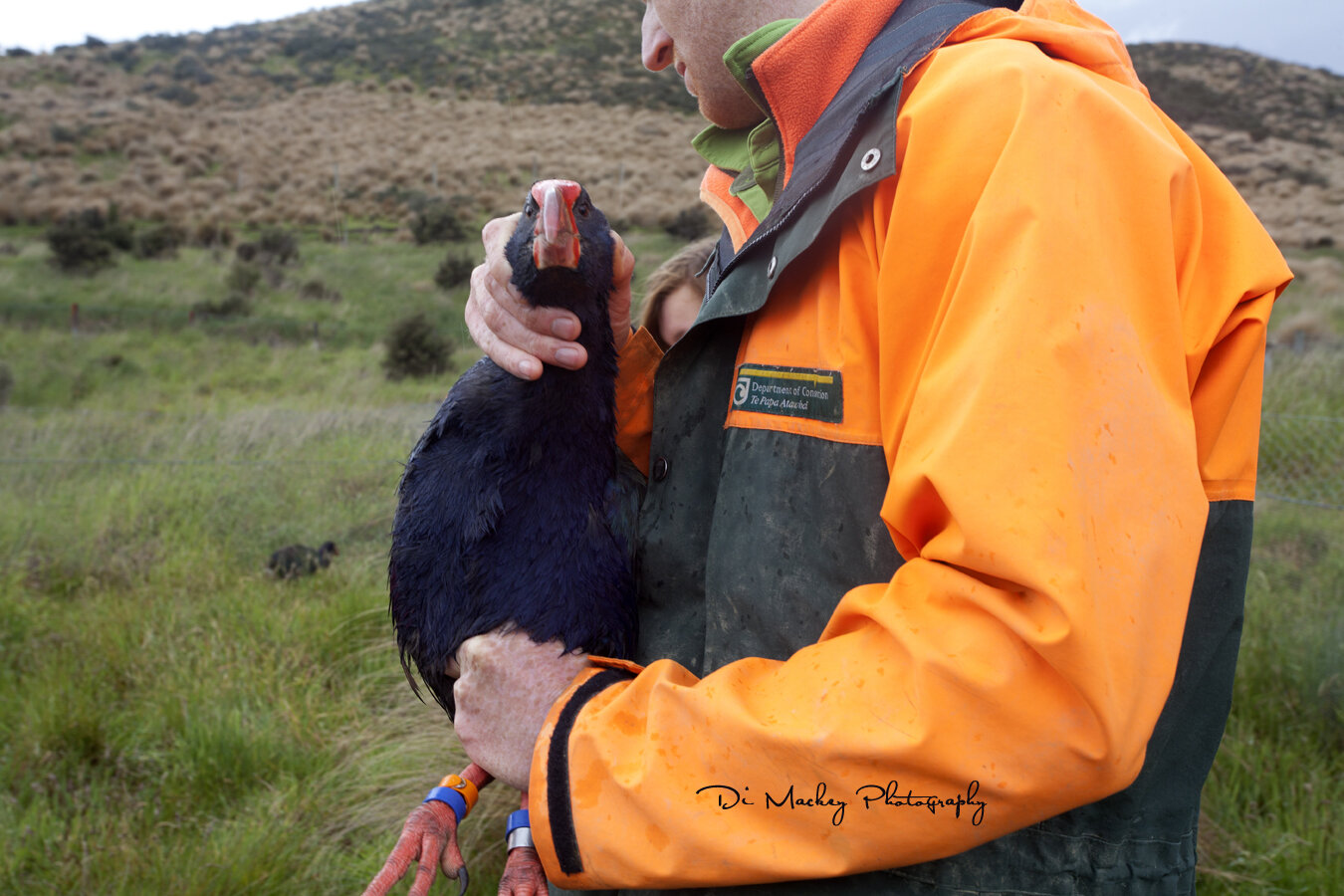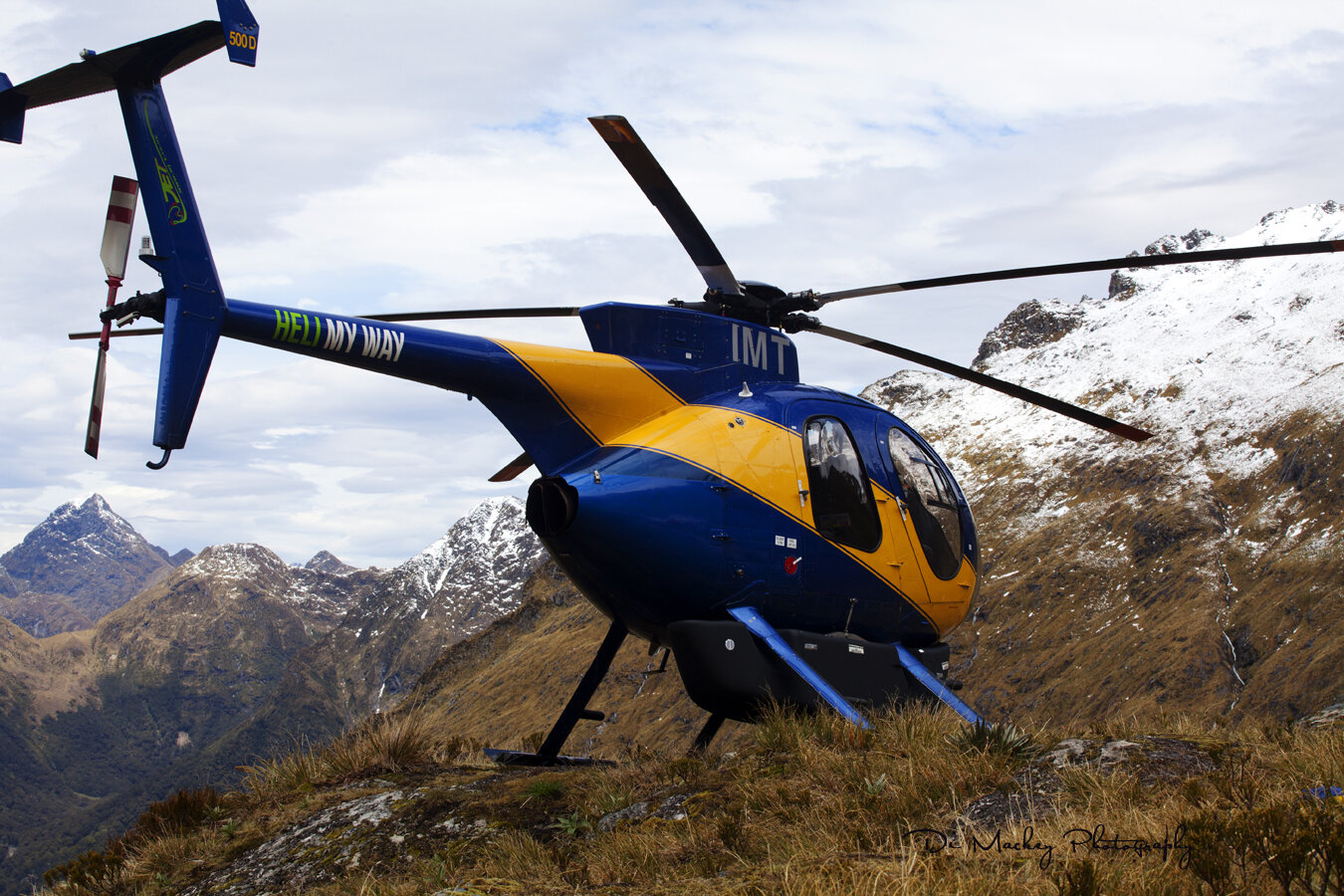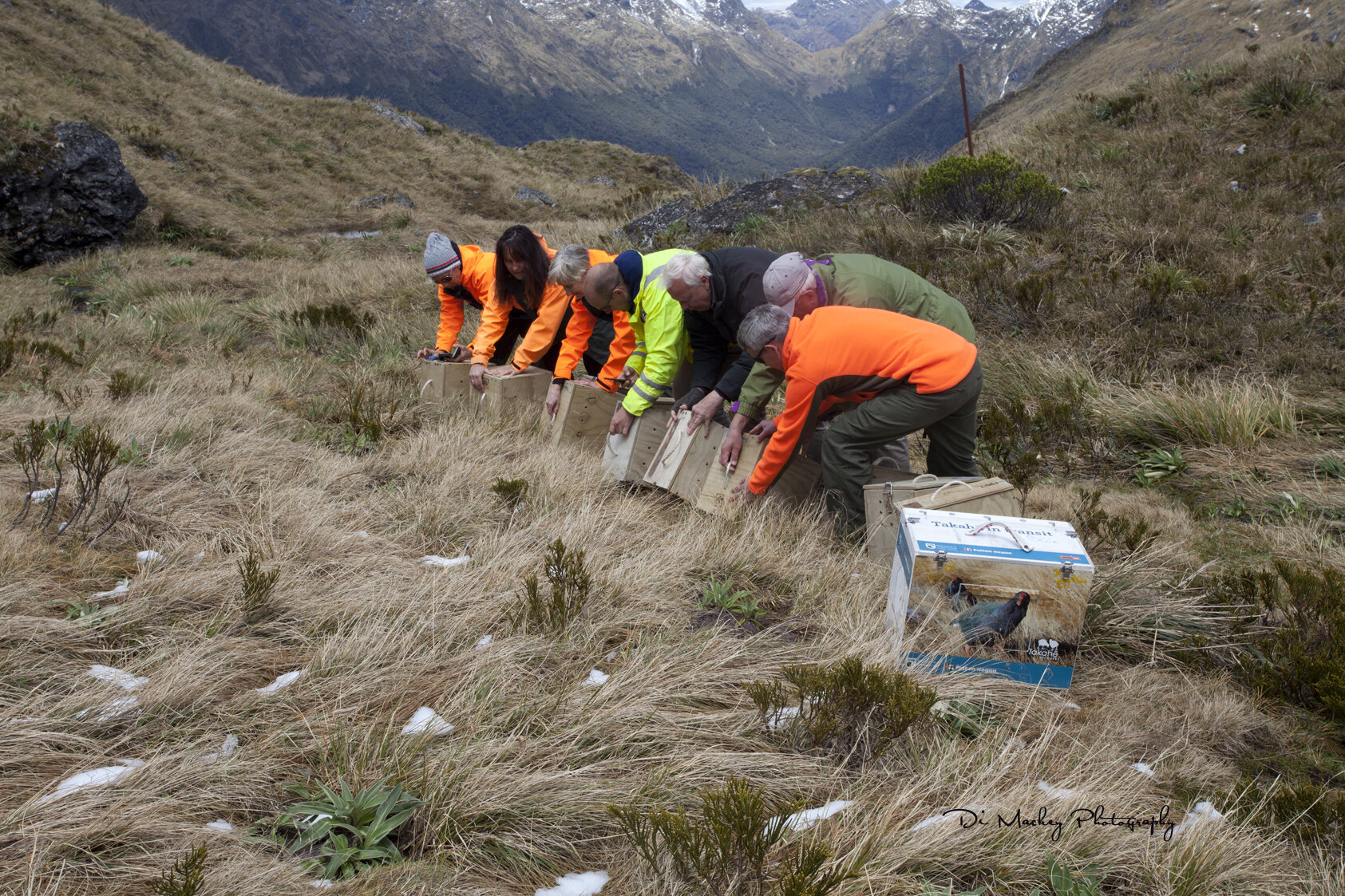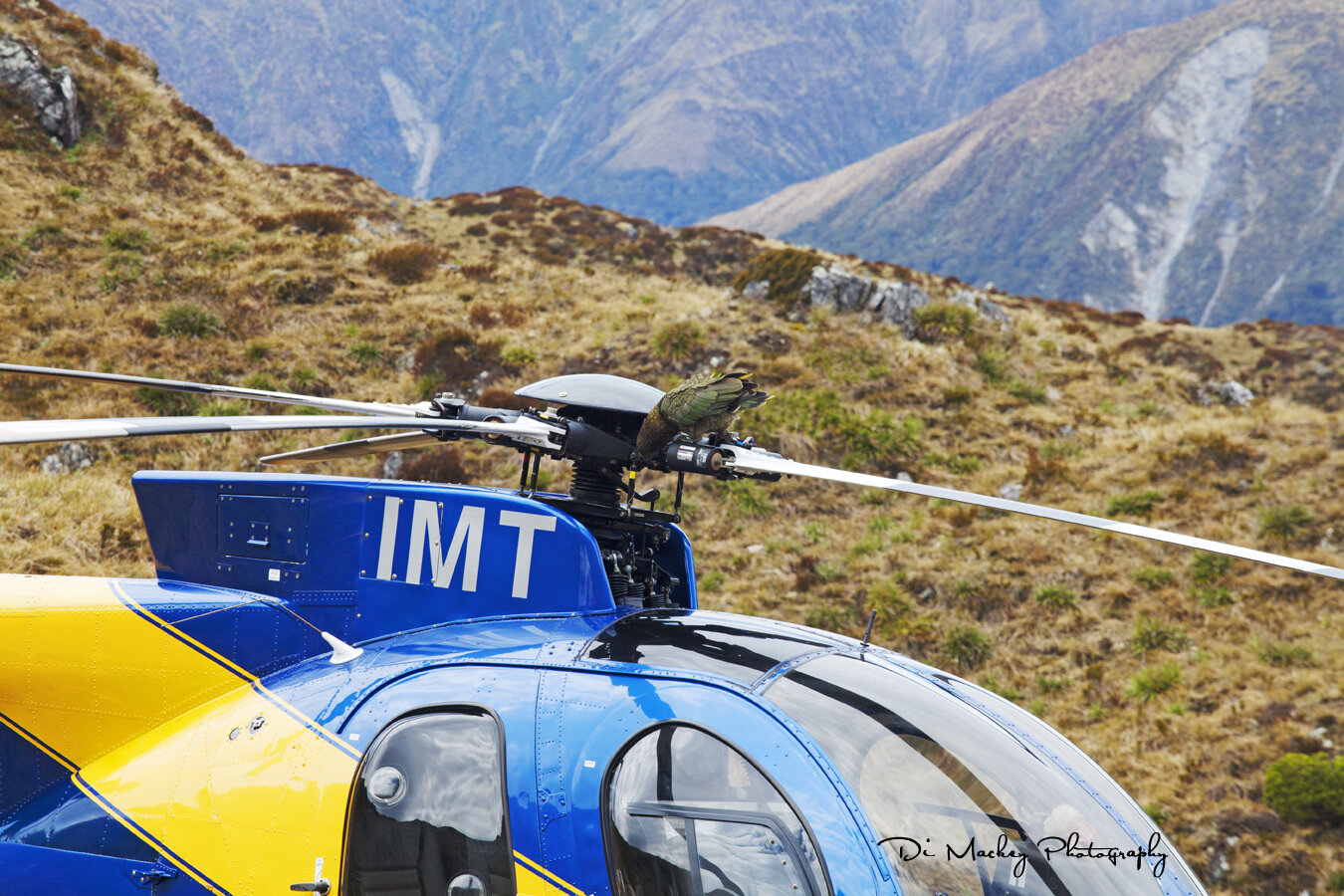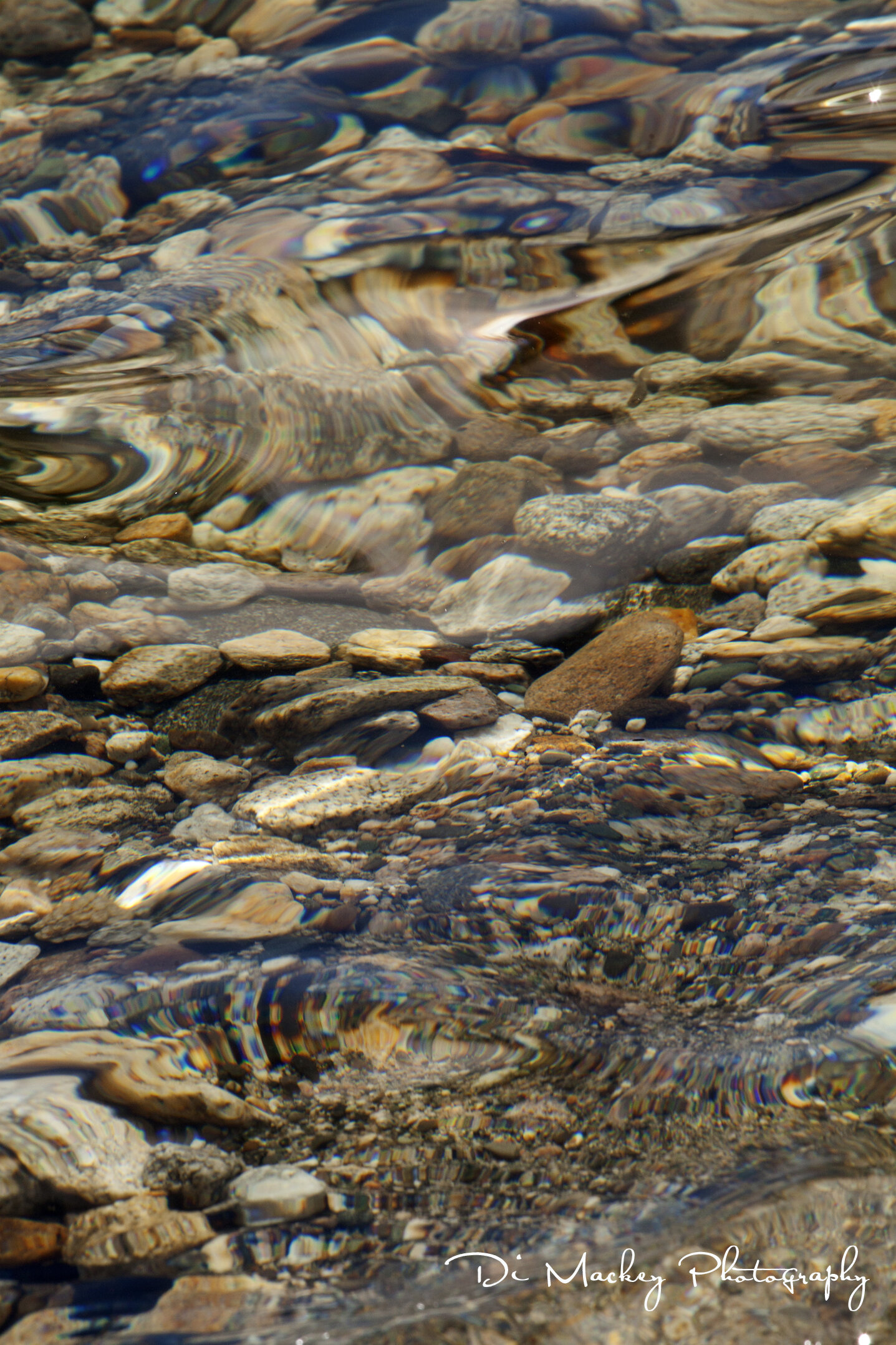
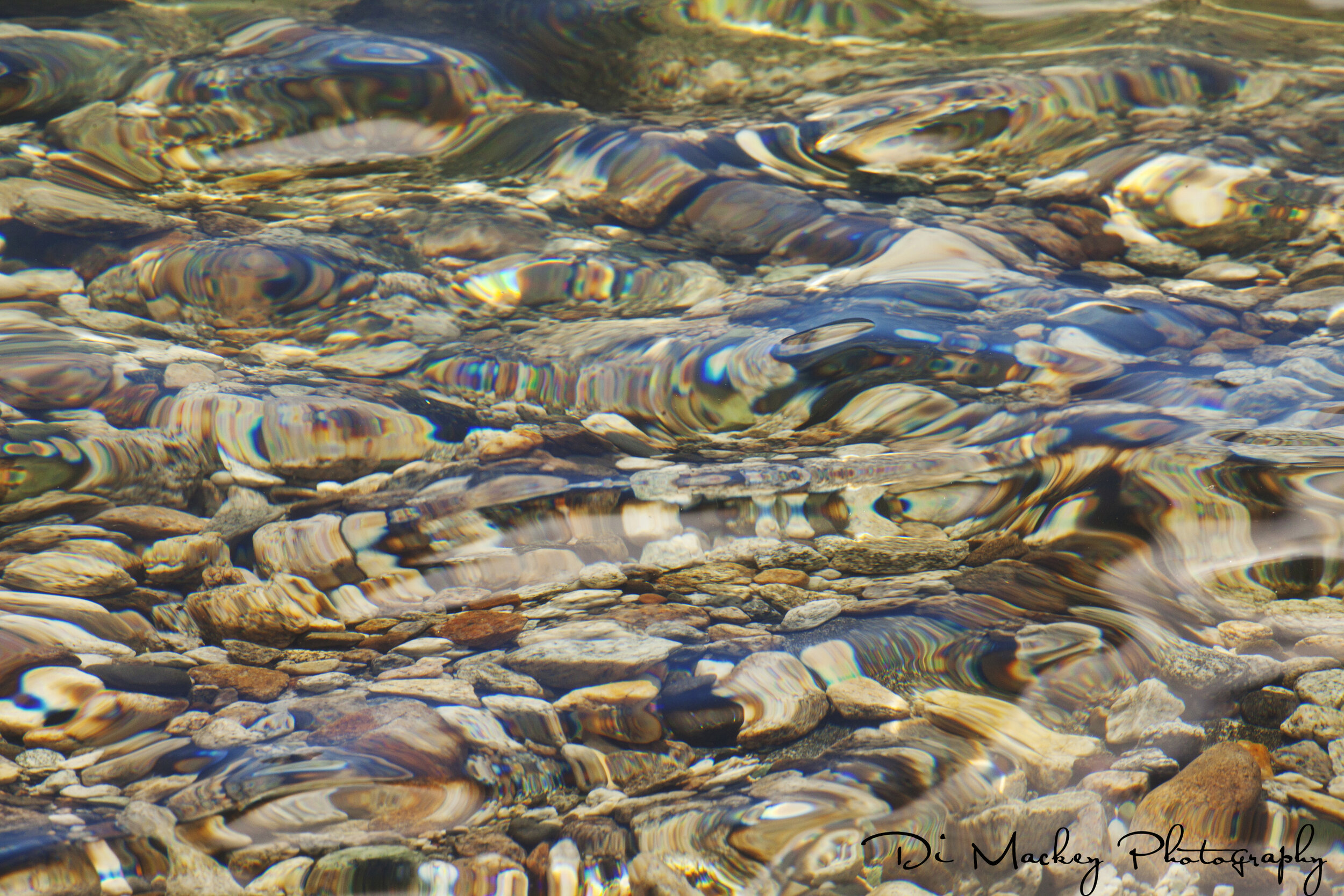
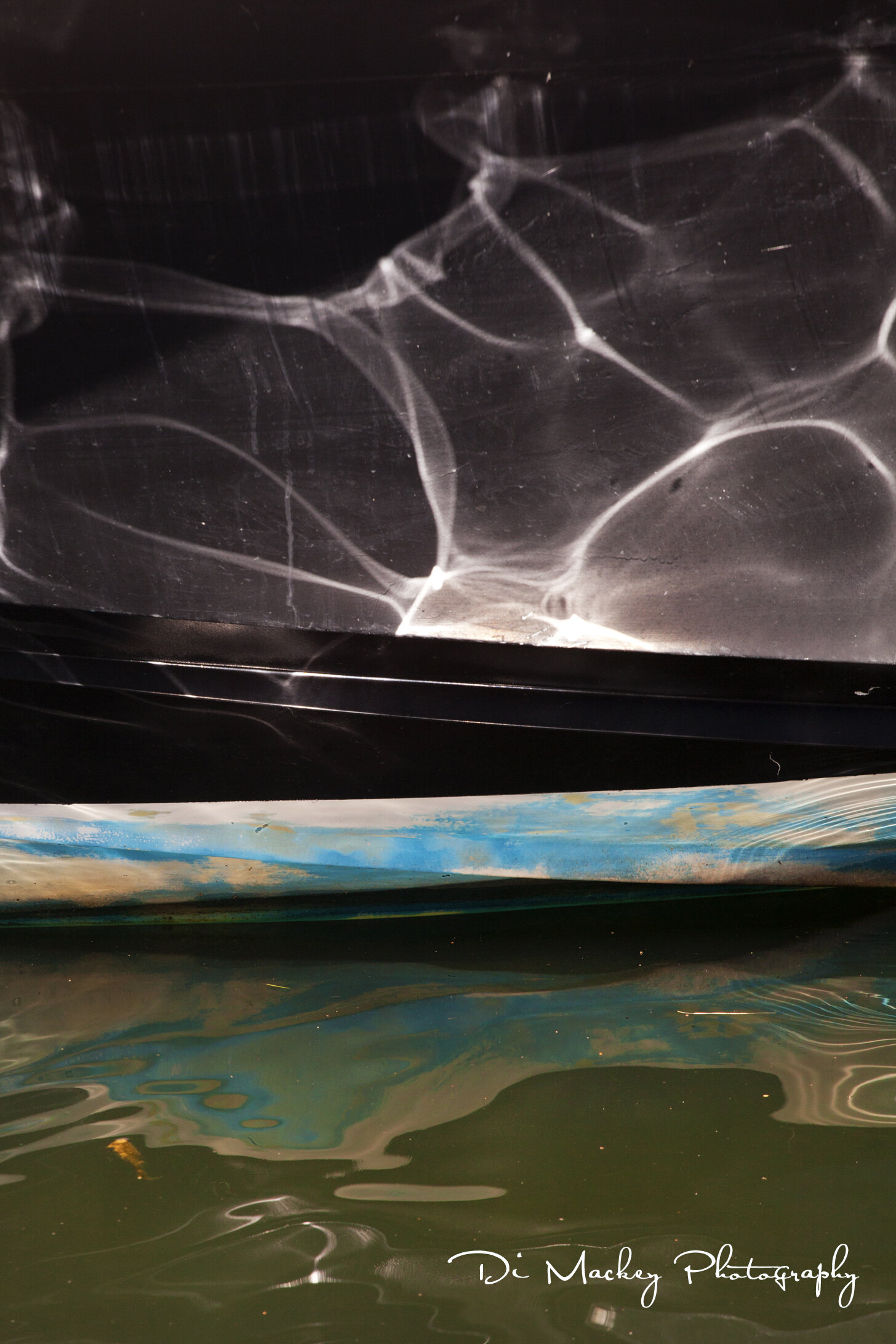
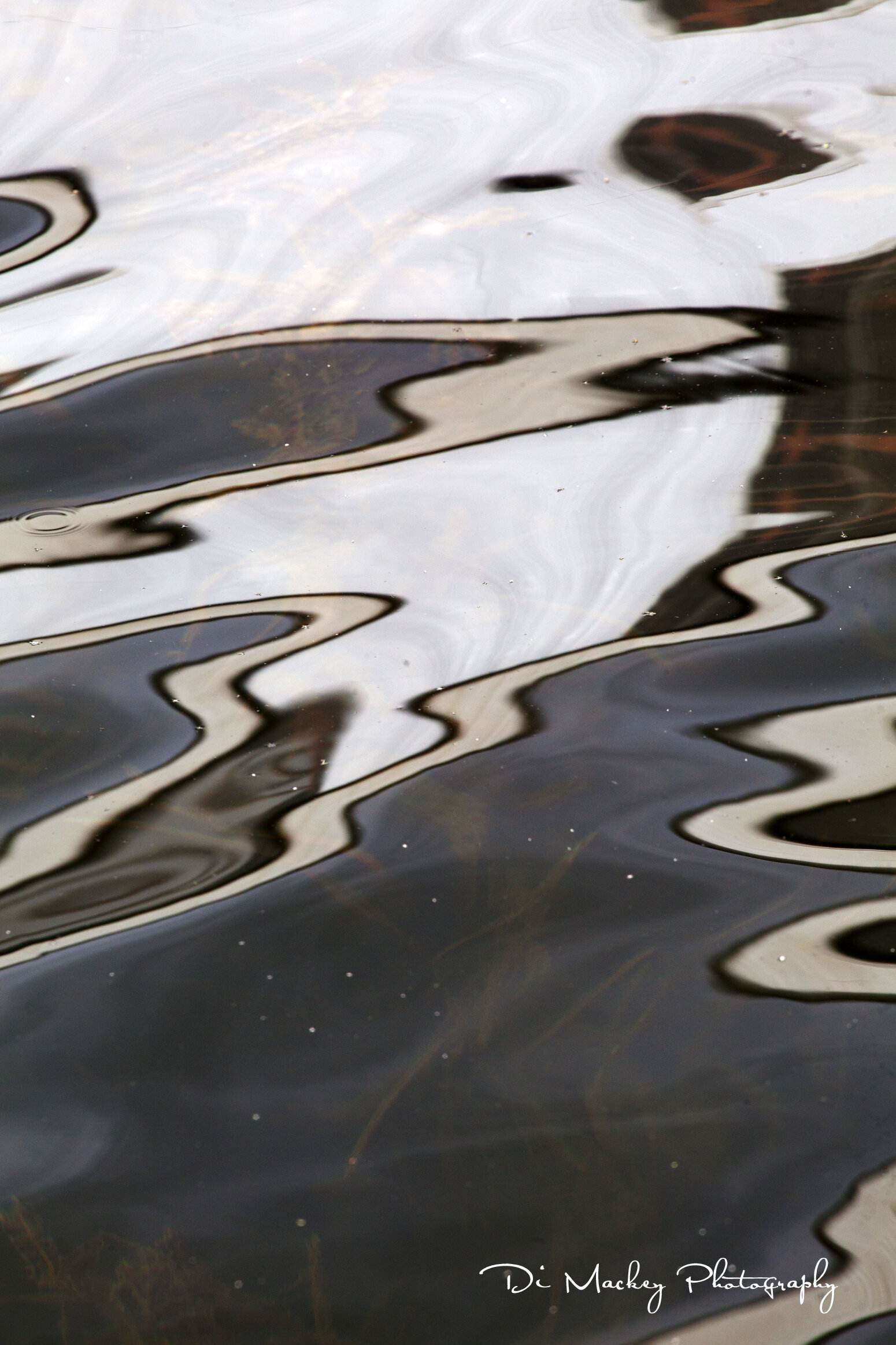
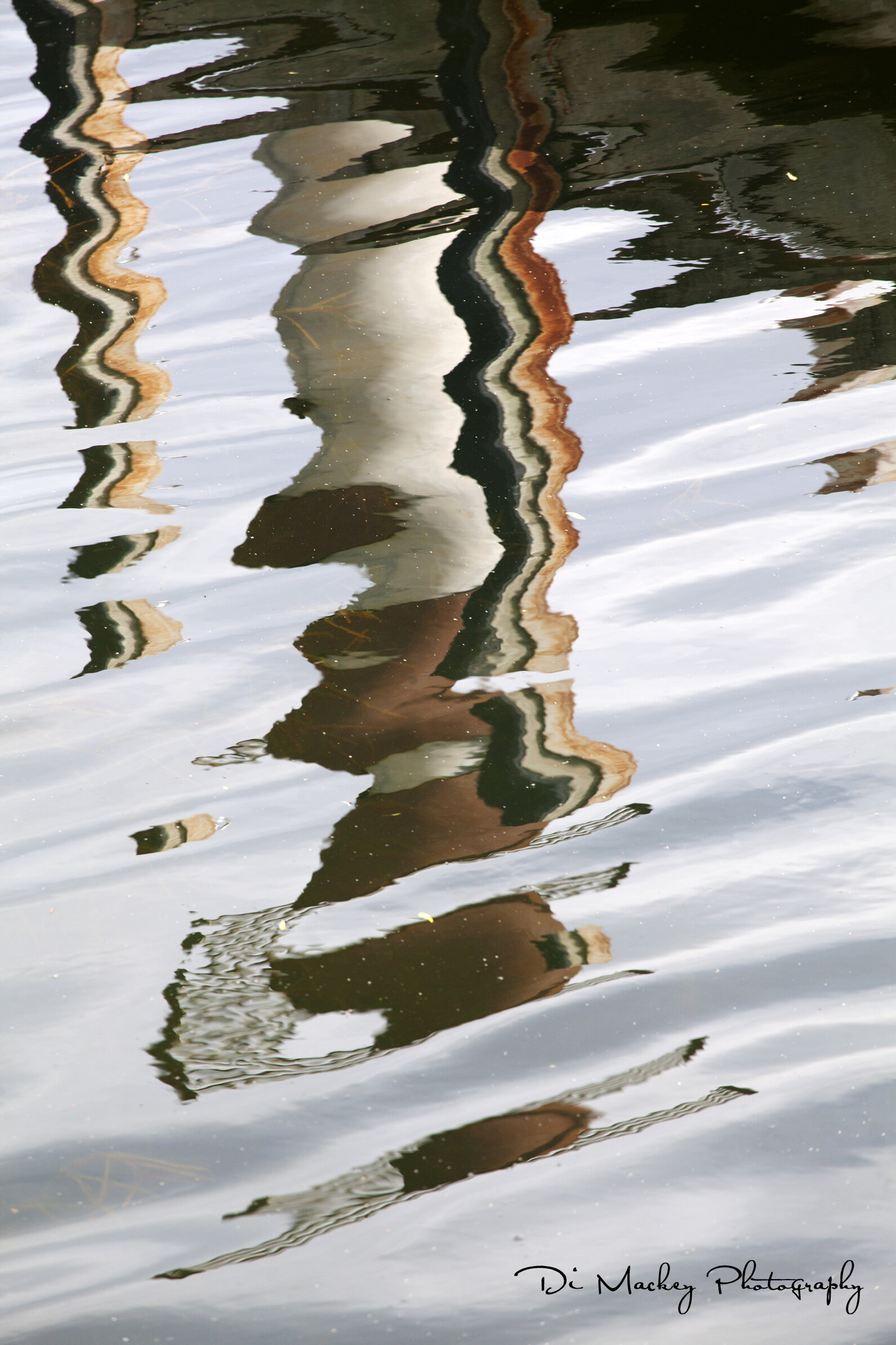
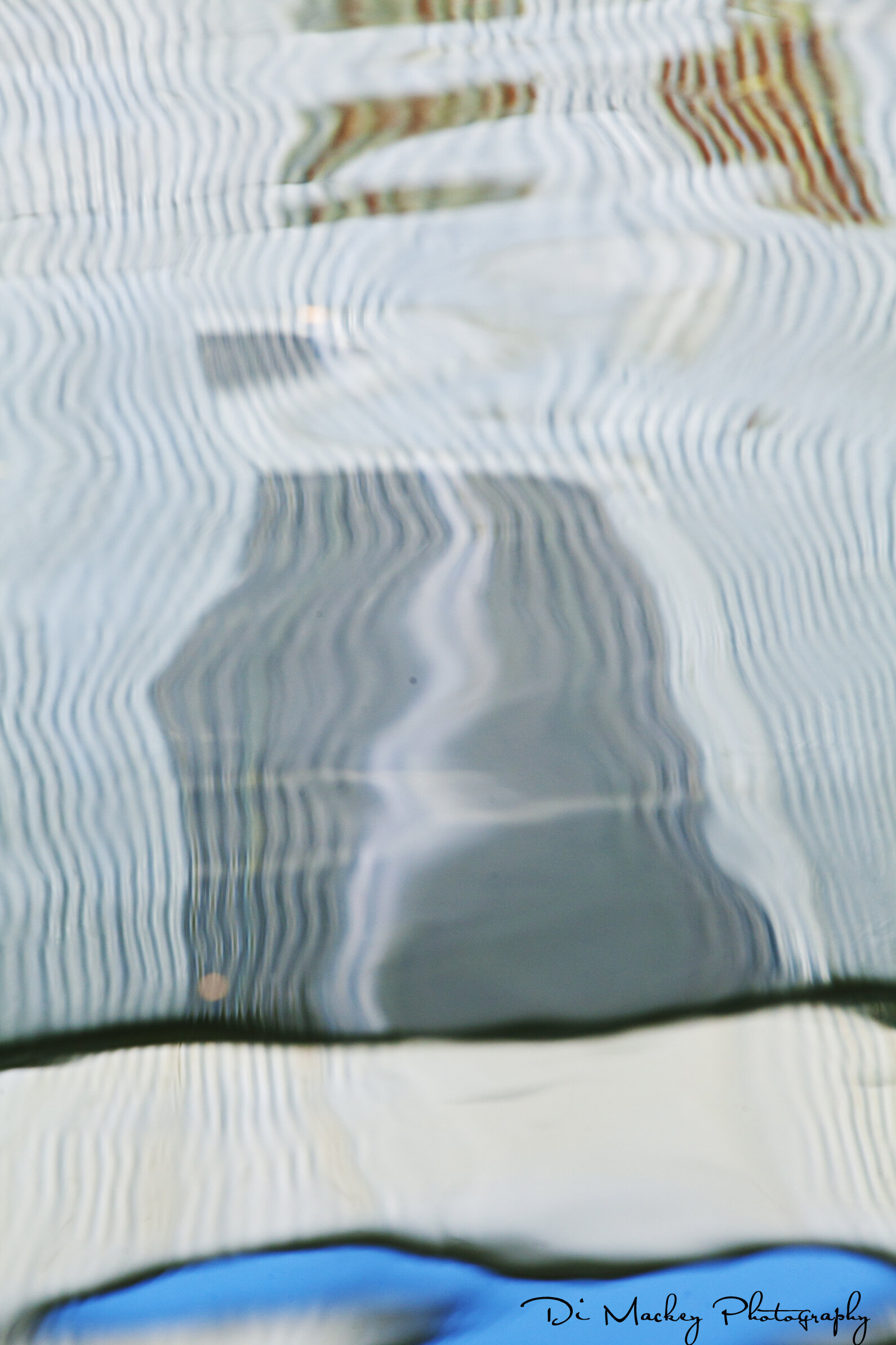
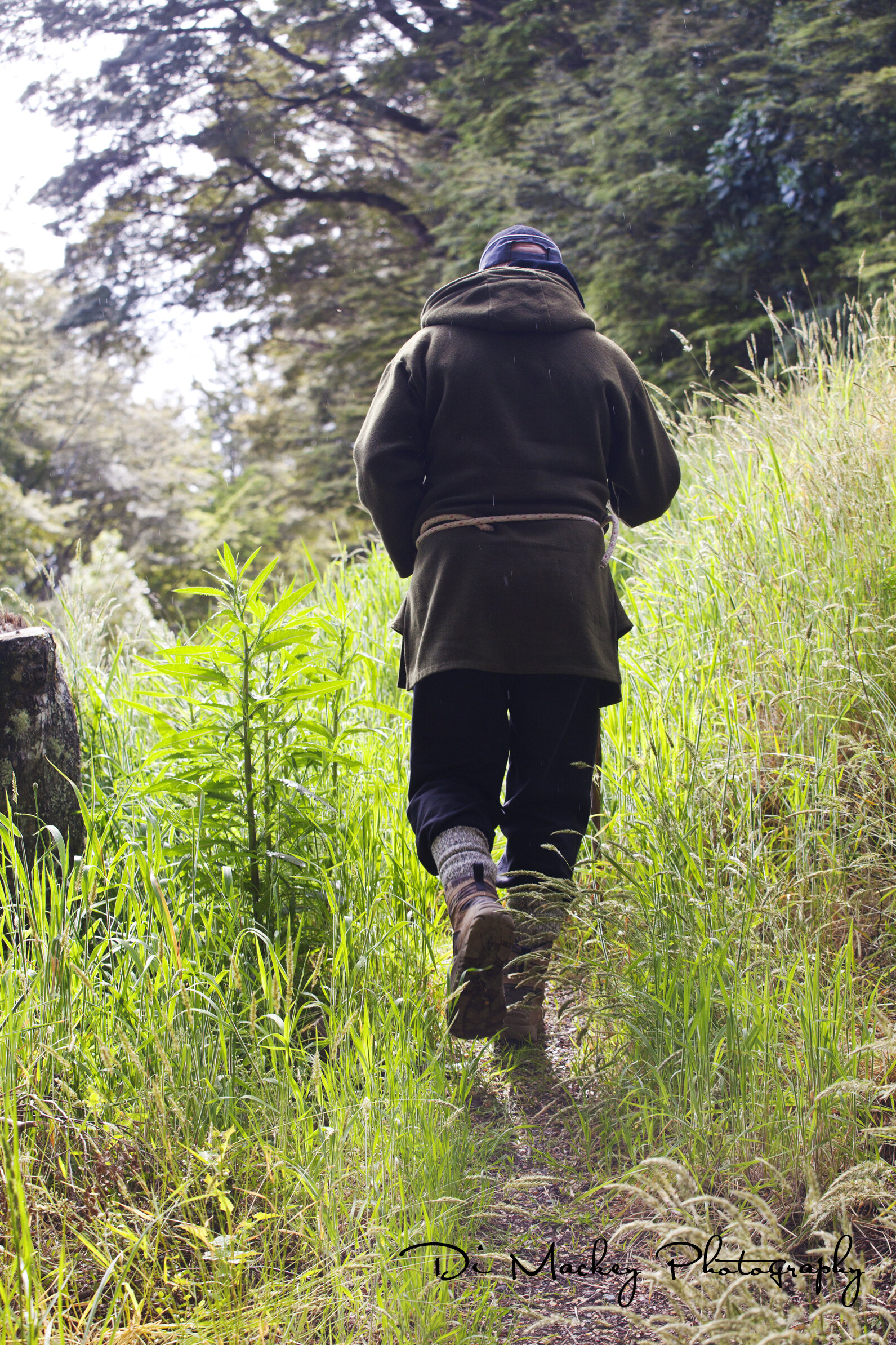
I picked up my camera recently. Intense again, like I used to be when I wandered the caruggi in Genova. I spent days, simply following a friend & his dog; walking the river’s edge, and Manapouri’s lake-edge bush tracks, with them.
I am still working my way through the results but I feel like my soul was involved. It has been a while since I lost myself in photography, day after day after day.
My music of choice lately (read, on repeat), is Snow Patrol: Live & Stripped Back at Porchester Hall. I was late to Snow Patrol party however I am surely making up for time lost now.
My Queenstown life is a beautiful life. One day I wandered into town, with a friend. We had tickets to hear that incredible New Zealand writer, Witi Ihaemara. And he was so much more than I could have imagined. Another evening, I wandered along to a members-only screening of Liam Neeson’s latest movie - over at the exquisite Dorothy Brown cinema, (20nzd per year membership) in Arrowtown. The bookshop in there almost destroys me, in these days of limited income however, I enjoy the pleasure of browsing. It is one of the most beautifully curated bookshops I know, any place in the world.
Life has a sweetness to it these days. I simply want to savour it …



